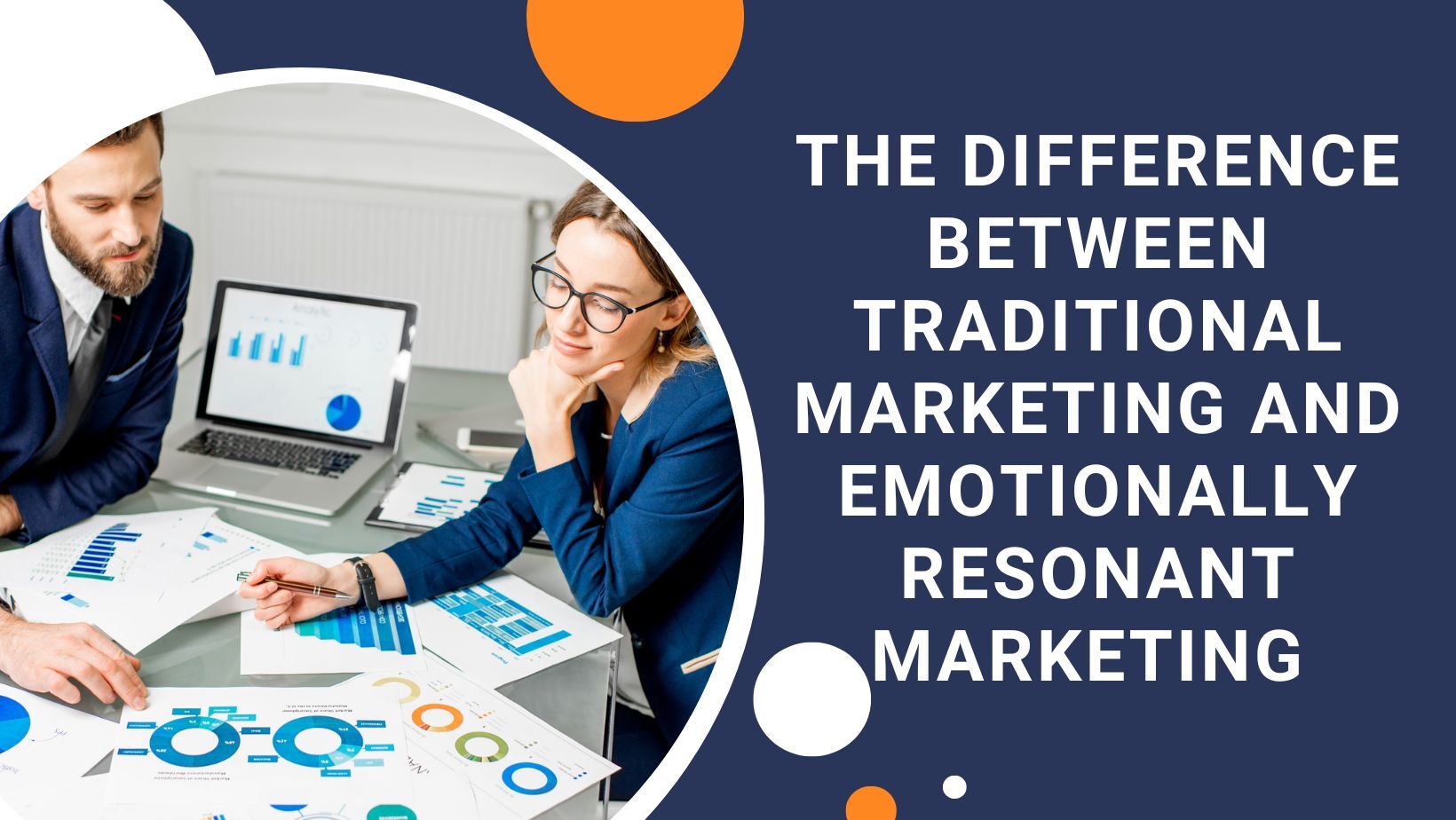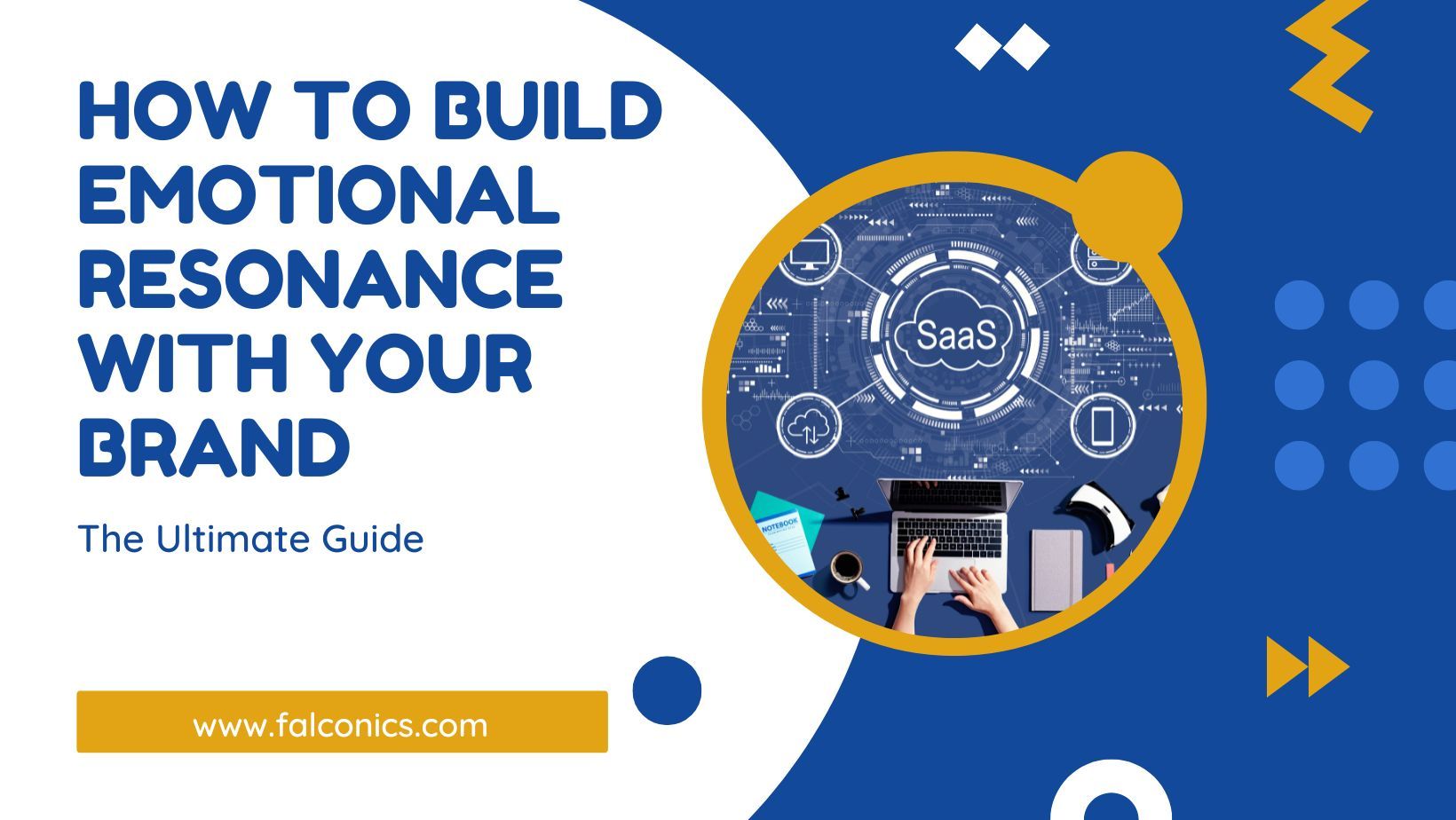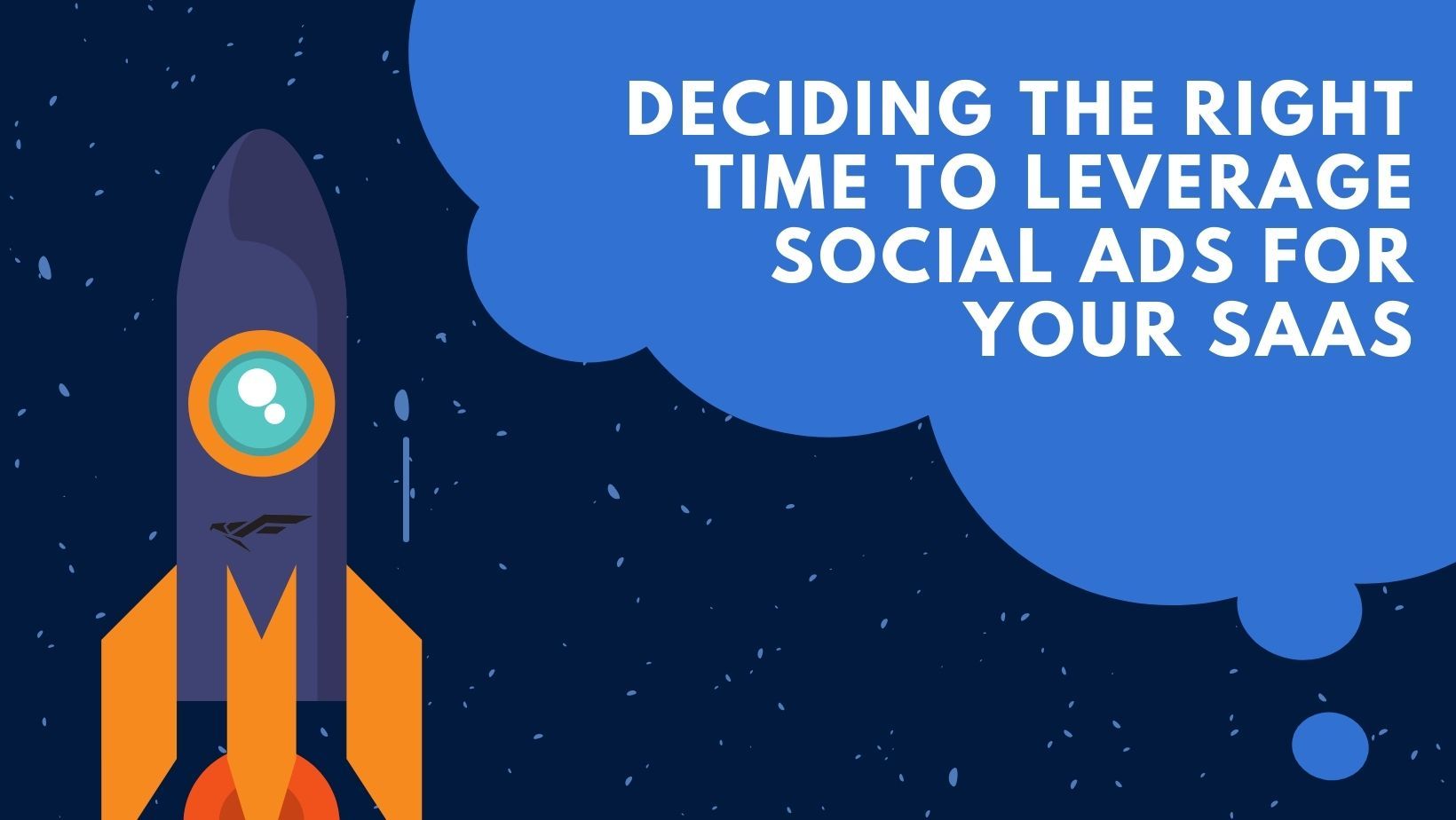What’s the Difference Between Traditional Marketing and Emotionally Resonant Marketing?

Nike, Apple, Dove, Coca-Cola, Uber—these are not just multi-billion-dollar brands; they all also use ERM. Fun fact: ERM isn't a new or recent 21st-century concept. It was actually used in advertising as early as the 1920s and 1930s, although it wasn’t as prominent back then. Fast forward to today, and it’s rare to find a successful company that doesn’t incorporate this element into their advertising. But what exactly makes ERM different from regular marketing?
What Is Traditional Marketing?
Traditional marketing is pretty much the classic way of advertising through TV commercials, radio ads, billboards, print ads in newspapers or magazines, and flyers. It’s the type of marketing that was used long before the internet took over.
It focuses on reaching a broad audience and grabbing as many eyeballs as possible, whether or not that person seeing the ad is the target customer. It typically includes catchy slogans, striking visuals, or jingles you can’t get out of your head.
Traditional marketing focuses on one-way communication. The brand delivers the message, and the audience either receives it or ignores it. There’s no feedback loop.
It’s usually also way more expensive because it focuses heavily on visuals and using the biggest medium to get the word out there. Tracking results can be a bit tricky because how do you know exactly how many people bought your product because of a billboard?
What Is ERM Marketing?
ERM focuses on creating a deep connection with the audience by making them feel an emotion whether that’s happiness, nostalgia, trust, excitement, or even a bit of FOMO. The goal here isn’t just to sell a product but to make the audience feel like the brand
gets them. Storytelling is a huge part of it.
ERM is highly personalized. It uses data to create messages that feel like they were made only for you. So unlike traditional marketing, there’s two-way communication over here. It’s also very interactive and involves communicating through social media campaigns, comment sections, etc.
Why Is ERM Getting So Popular?
Simple—it just works. People want something they can connect with and something that feels real. ERM gives them that and more. It also fits perfectly with Instagram, TikTok, Twitter since they’re all about engagement, conversations, and shares.
Is There a Right Time to Use ERM?
Honestly, ERM can work anytime, but you should focus on using it when it feels genuine and meaningful. For most brands, this could be during a new product launch, a rebrand, or other monumental moments. Depending on the type of company you are, it could also be a good time to do it during seasonal periods or holidays when emotions are at all-time high.
How Do You Make the Transition to ERM?
You’ll first need to really get to know your audience. Dig into their needs and values by conducting surveys and through social media insights. You can also use other mediums.
You’ll then need to start building your ads by focusing heavily on storytelling. Share experiences and challenges that your audience will connect with. Your goal here is to make your brand as relatable as possible. The messaging and language you use should be super simple and should not feel like it was auto-generated. At all times, address the customer directly and speak to them as an individual rather than as part of a group.
Lastly, you need to constantly engage with your audience on social media so that they know you’re approachable. This could be a lot to handle which is why it’s a good idea to hire a separate social media person to do it.
Summary
Traditional marketing and emotionally resonant marketing have different purposes. Traditional marketing focuses on raising broad awareness and making quick sales. Emotionally resonant marketing builds meaningful, long-term relationships with customers.
Want to take your marketing to the next level? At Falconics, we’re leaders in ERM, specifically designed for B2B SaaS companies. As industry experts, we develop strategies that help you create deeper connections with your customers. Ready to see how? Contact us today.




